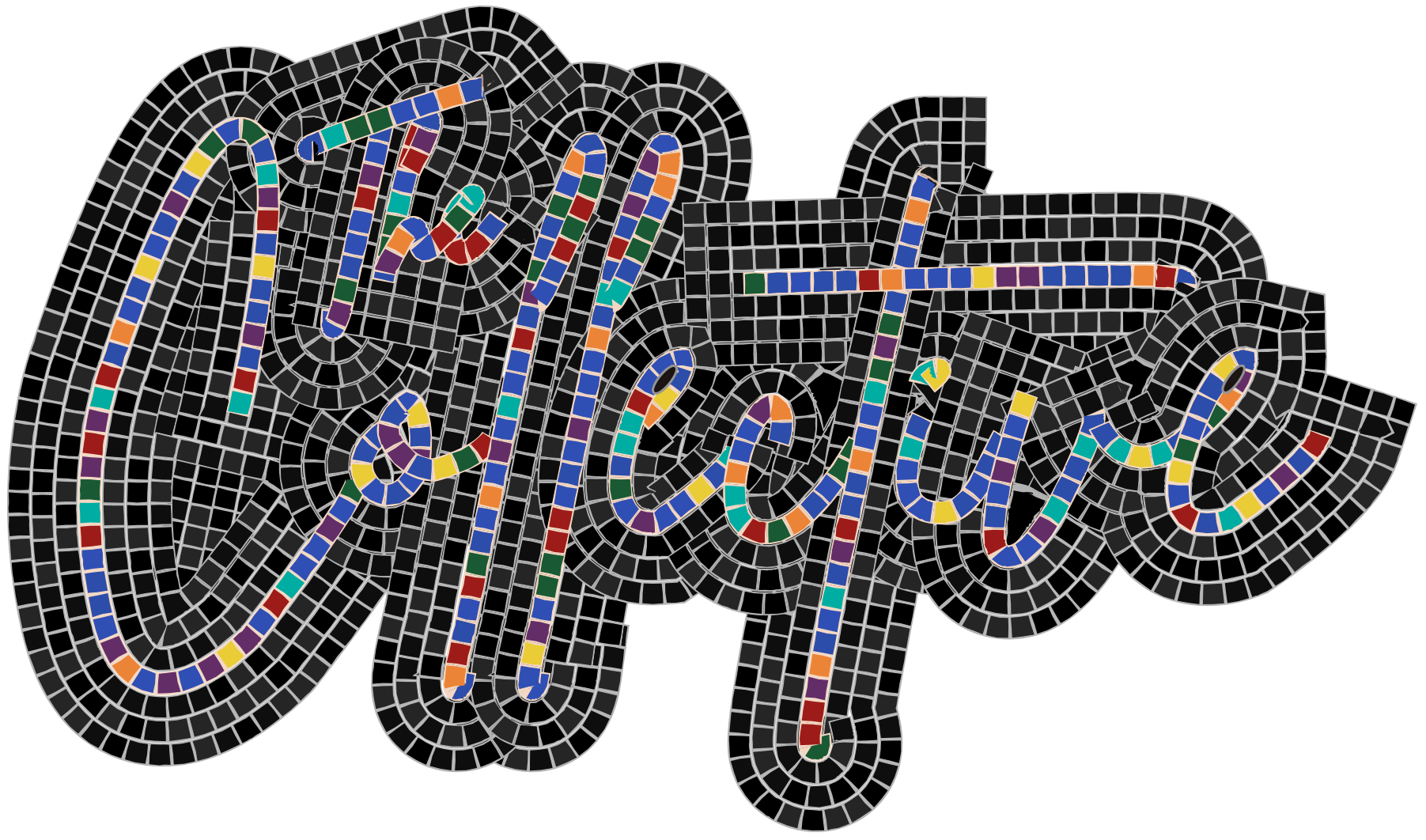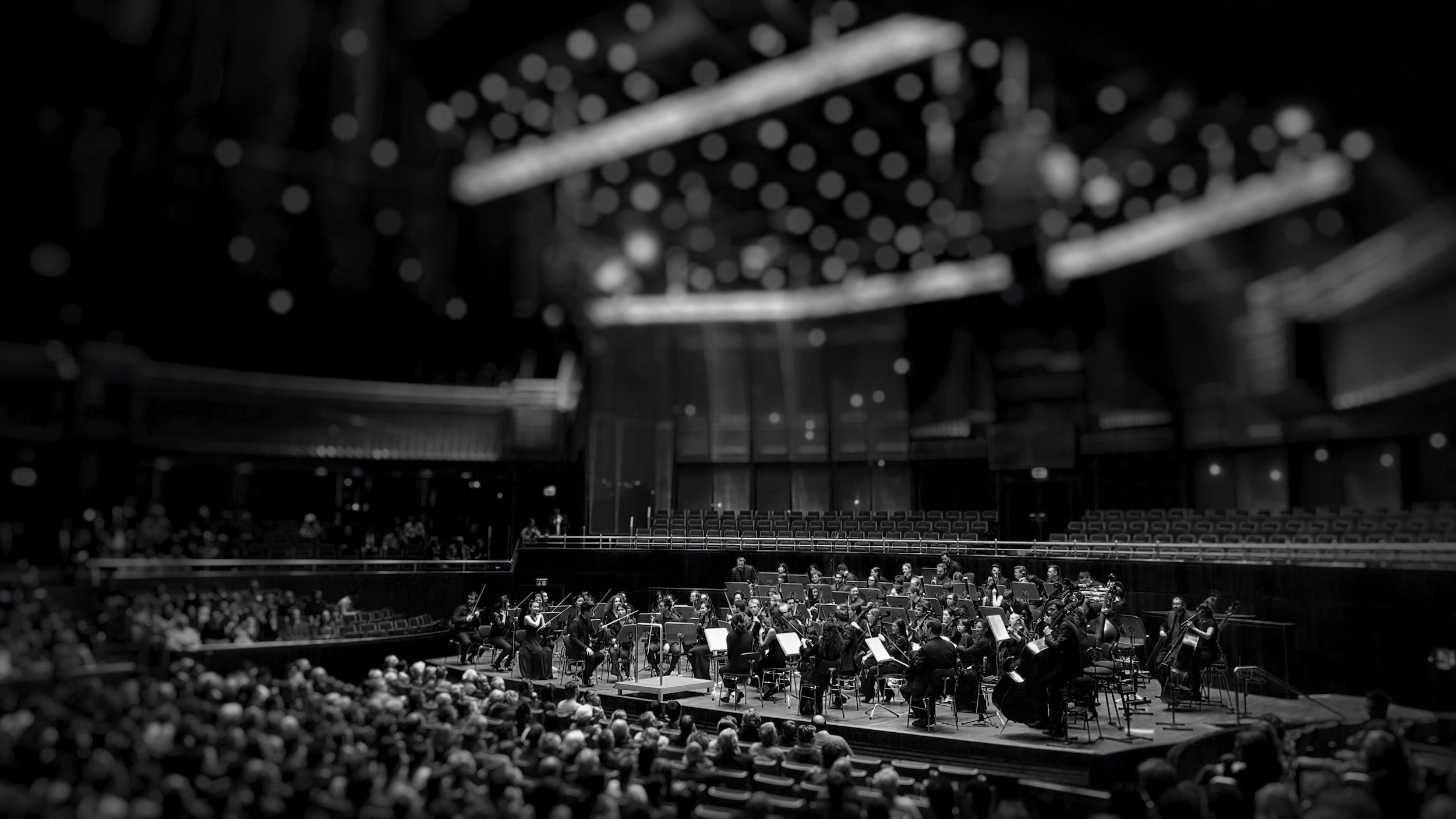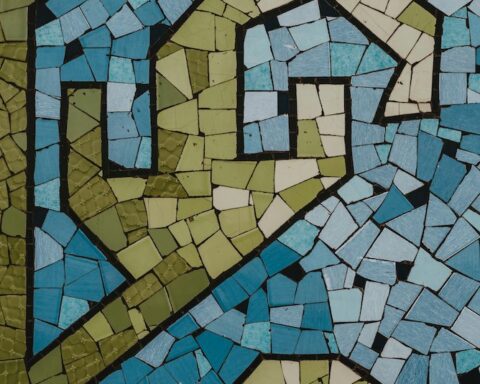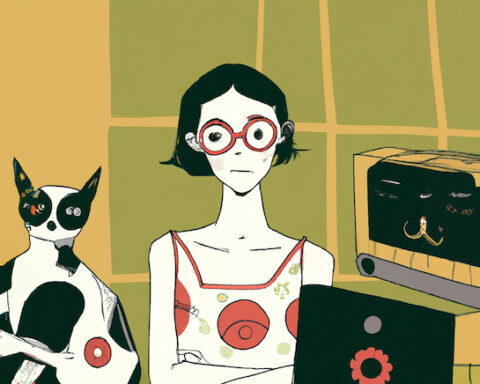It is no secret that much of the Western art music canon was composed by white, European, cis-gender males who have long been deceased. These compositions are then performed by organizations whose musicians, directors, boards, and audience members are also predominantly white.[1] This lack of diversity simply does not reflect the population of our world, a population that deserves to be represented in this art form. Those who are outside of this majority group have been (consciously or unconsciously) kept from this music through systemic barriers that have been in place since its conception. Why should anyone be deprived of the unique emotional, intellectual, and spiritual encounters music provides that enhance and portray the human experience? Fortunately, several organizations have begun to address this imbalance, and steps have been taken to rectify this injustice. While some progress has been made in increasing access, diversity, equity, and inclusion in orchestral music, the work is far from complete. In this article, I will discuss initiatives, methods, and resources provided by leading organizations in the US classical music scene in order to highlight and celebrate the helpful work being done, while also providing insight into areas in need of further elaboration, advocacy, or research.
The League of American Orchestras
The first and largest organization I will examine is the League of American Orchestras (LAO), which provides services vital to the growth and success of the orchestral field. These resources act as models for orchestras throughout the country and are targeted not only at performing musicians but also at operations managers and development teams, boards and steering committees, and artistic directors.[2] In addition to its quarterly magazine (Symphony) and digital media platforms (The Hub), there is also a section of the LAO’s website entitled the Catalyst Equity, Diversity, and Inclusion Resource Center.
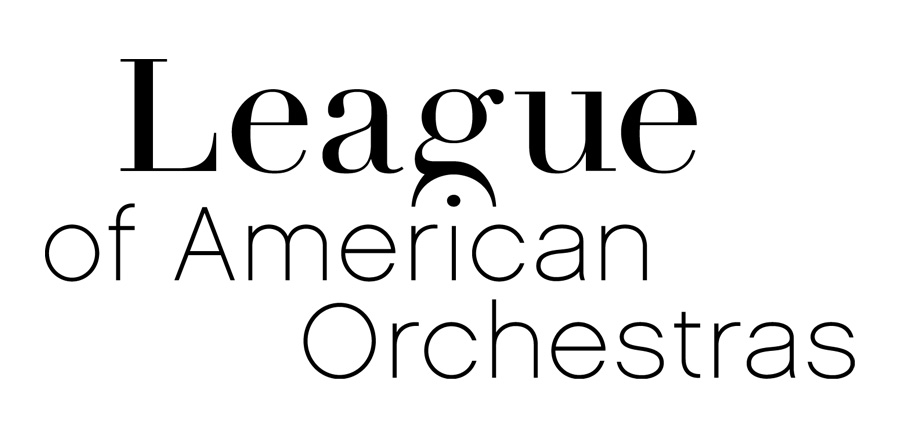
In three distinct sections, this center provides resources and tools to address the current lack of DEI in American orchestras, supplies support for different roles in the orchestra, and makes available records and reports of the LAO’s own internal efforts at improving DEI.[3] The first section of the resource center sets a baseline for DEI conversations by listing definitions and context for the following categories: racism, antiracism, systemic racism, unconscious bias, and an orchestra-specific history of systemic racism.[4] Additionally, the Artistic Resources page provides information about equity in the orchestral audition process and faults in its current practices, along with recommendations for diversifying repertoire and ideas for creating an orchestral community that is truly open to inclusion.[5]
The second main section of the resource center focuses on orchestral management, covering a wide range of topics from DEI advocacy materials and case studies to self-assessment and strategic tools.[6] This page furnishes guides with suggestions for management on recruiting and hiring a diverse staff, as well as ideas for implementing or improving DEI initiatives in one’s orchestra.[7] The final section of the resource center presents the LAO’s own thoughts and views on DEI, and their commitment to it within the organization. The LAO has additionally commissioned several reports on diversity and inclusion of Black and Latin musicians in orchestras over the past forty years, and shares the results of community engagement work. The LAO has made online statements in solidarity with those suffering from racial discrimination, written in 2020 at the height of the Black Lives Matters movement and in response to hate crimes experienced by many Asian Americans and Pacific Islanders. This section also features reports and meeting minutes from the DEI committee of the LAO’s board of directors.
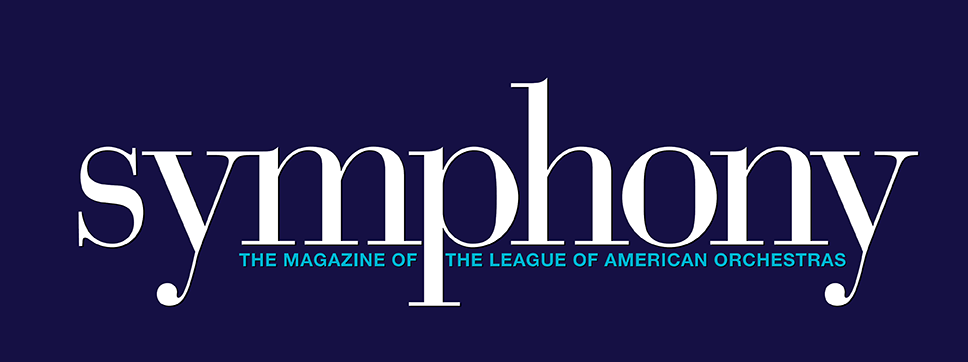
While by no means comprehensive, this overview highlights some of the work the LAO is doing to improve DEI in orchestras. Even during a pandemic, they are willing to allocate time, money, and energy to ensuring that these resources are available to those who need them. Their commitment to educating the industry about systemic racism in orchestras and encouraging orchestras to hire diverse staff, along with their willingness to look at their own organization with a critical lens is all worthy of praise. As a flagship organization, they help light that path for others to follow and must continue to hold themselves to the highest level of character. In addition to their resources promoting racial equity and diversity for musicians and administrators, they offer resources for increasing accessibility for those with visual and hearing impairments. However, upon closer inspection I believe the LAO falls short in their commitment to providing resources in support of the LGBTQIA+ community. The resource pages on this subject are less substantial, and pages that provide tools for LGBTQIA+ inclusion and diversity tend to do so only from a racial standpoint, rather than sexual orientation as well. I would encourage the LAO to continue their DEI work and would hope to see additional resources added to support the LGBTQIA+ community.
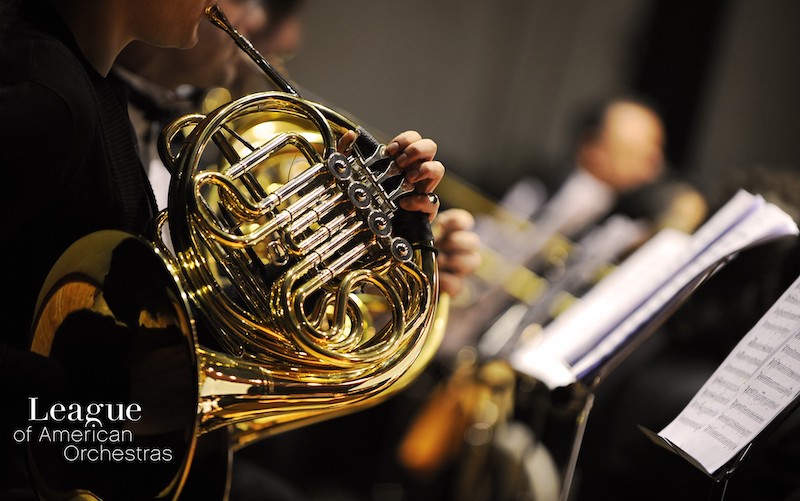
Since the time of the initial research for this article (December 2021), the resource center has a new addition that I would like to discuss briefly. On the resource center’s homepage, there is now a link to a guide by Theodore Wiprud entitled Promising Practices: Actions Orchestras Can Take To Make Progress Towards Equity.[8] This guide is free to download (after creating and registering a profile with the LAO), and is funded by several foundations and grants. While my initial reaction to the discovery of this guide was positive, upon further inspection I found that the suggestions come off as standard, common-sense, and overall underwhelming, despite including quotes from leaders of highly respected orchestras (one of which I have even performed with). This begs the question of why? Is this disapproval a result of my own lofty expectations? Am I underestimating the current state of orchestras? It is not my intention to shame an organization’s initiative, but I would encourage readers to download the guide themselves and form their own opinion on its efficacy.
The Sphinx Organization
Next I will discuss the Sphinx Organization, which is a “social justice organization dedicated to transforming lives through the power of diversity in the arts.”[9] Twenty-five years ago, Aaron P. Dworkin founded the Sphinx Competition to identify, empower, and support young Black and Latinx string players.[10] The competition still serves as the organization’s flagship program and has an entire roster of participants who have continued on to successful careers in the arts. Sphinx, currently led by Afa S. Dworkin, has now expanded its advocacy to a four-tiered approach aimed at educating, mentoring, and supporting Black and Latinx musicians throughout their careers.
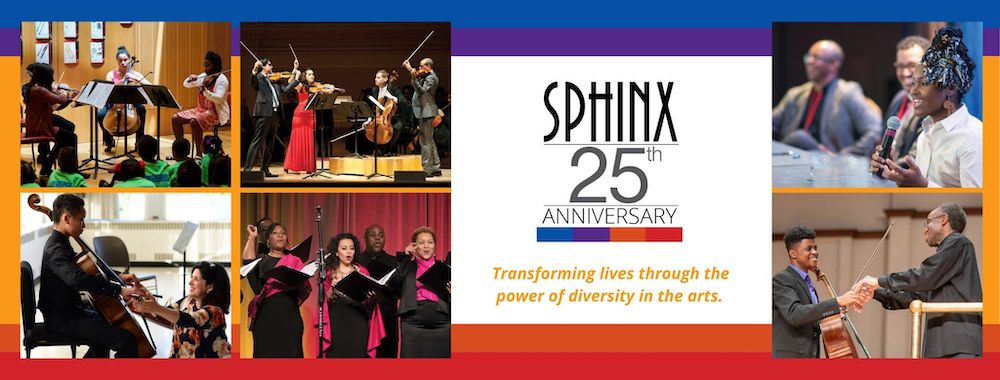
The four tiers are 1) Education & Access, which provides access to music education at beginning and intermediate stages through the Sphinx Overture and Performance Academy programs; 2) Artist Development, which encourages and empowers young artists to reach their musical goals by providing opportunities for scholarships, competition prizes, and audition support; 3) Performing Artists, which highlights and promotes the work of professional soloists and noteworthy ensembles made up of Black and Latinx performers; and finally 4) Arts Leadership, which mentors and supports professionals and entrepreneurs through leadership programs, networking opportunities, and financial assistance.[11] Each tier includes a plethora of programs or resources designed to accomplish each specific goal.
The Sphinx Organization has been on the cutting edge of DEI improvement for the past 25 years. I have personally interacted and performed with musicians who reaped the benefits of many of these programs, all of whom are vocal about the positive effect these programs had on their careers. Sphinx’s commitment to connecting their followers with scholarship, fellowship, and employment opportunities is a simple yet effective initiative that inspires each unique artist to achieve their goals. One of the most powerful resources that Sphinx promotes on their website is a document by the National Alliance for Audition Support that outlines suggestions for improvements in orchestral audition and tenure granting practices. This document promotes many of the initiatives that are a core part of Sphinx’s mission, and implementing the suggestions in this document can have a tremendous positive impact on an orchestra’s diversity.
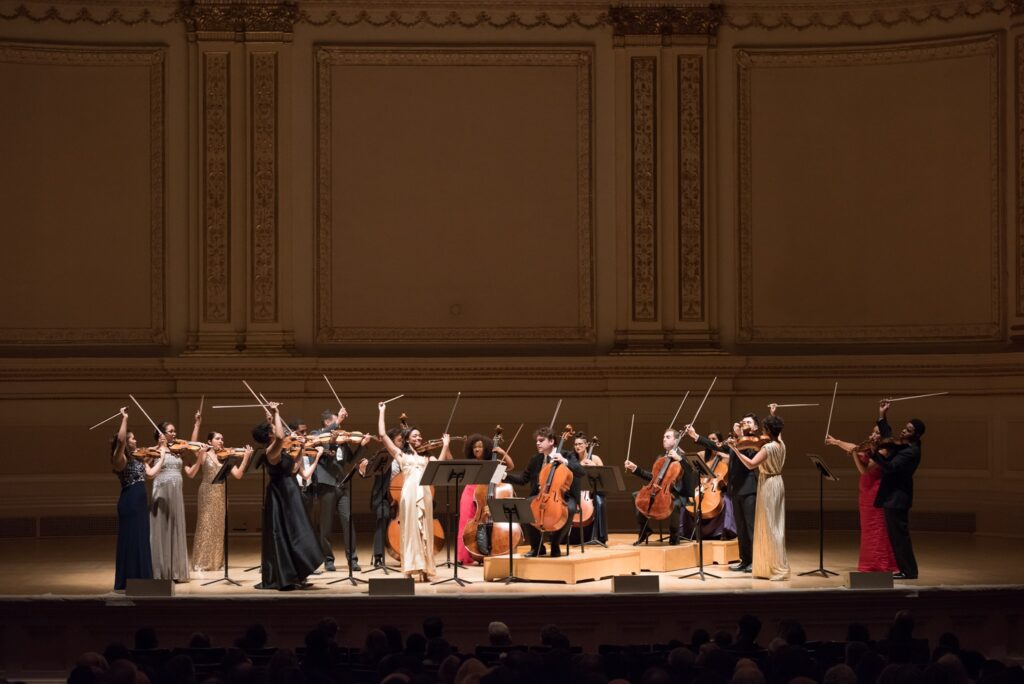
Although Sphinx’s expansion has led to the creation of beneficial programs and initiatives, many of these are not yet broadly inclusive. Their educational programs are still centralized around the Detroit metroplex, and their promotion of musicians mostly focuses on string players. Given the global connotation of their vision and mission, one would assume this is due to budgetary constraints rather than philosophical ones. Hopefully, with additional funding and support, the Sphinx Organization might have the resources to expand the scope and inclusion of their programs.
El Sistema USA
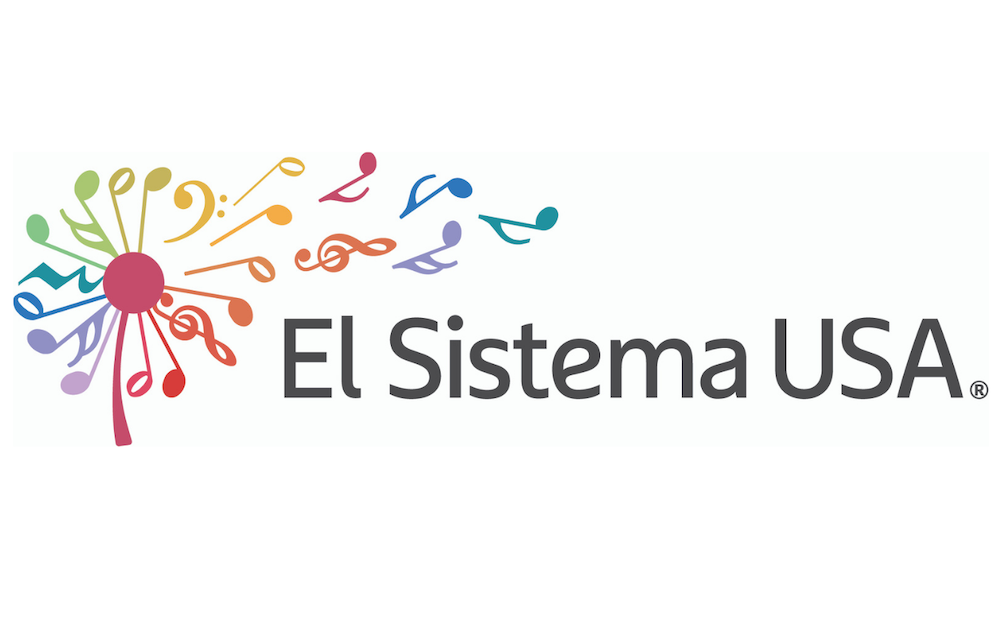
The next organization I will discuss is El Sistema USA. El Sistema itself, of which ESUSA is a branch, was founded in 1975 and funded by the Venezuelan government to encourage social reform through musical performance, and it boasts successful alumni, including the famed conductor, Gustavo Dudamel.[12] ESUSA’s purpose is to support and grow their membership of El Sistema-inspired programs across the United States.[13] They provide connection to advocacy and training materials, leadership development, and research on best practices for the El Sistema model. ESUSA’s values of equity, empowerment, excellence, impact, sustainability, joy, and community align closely with those of many other DEI-conscious organizations. Their website contains resources about continuing education, DEI, fundraising and marketing, socially conscious musical repertoire, and suggestions for starting and growing an El Sistema-inspired program.
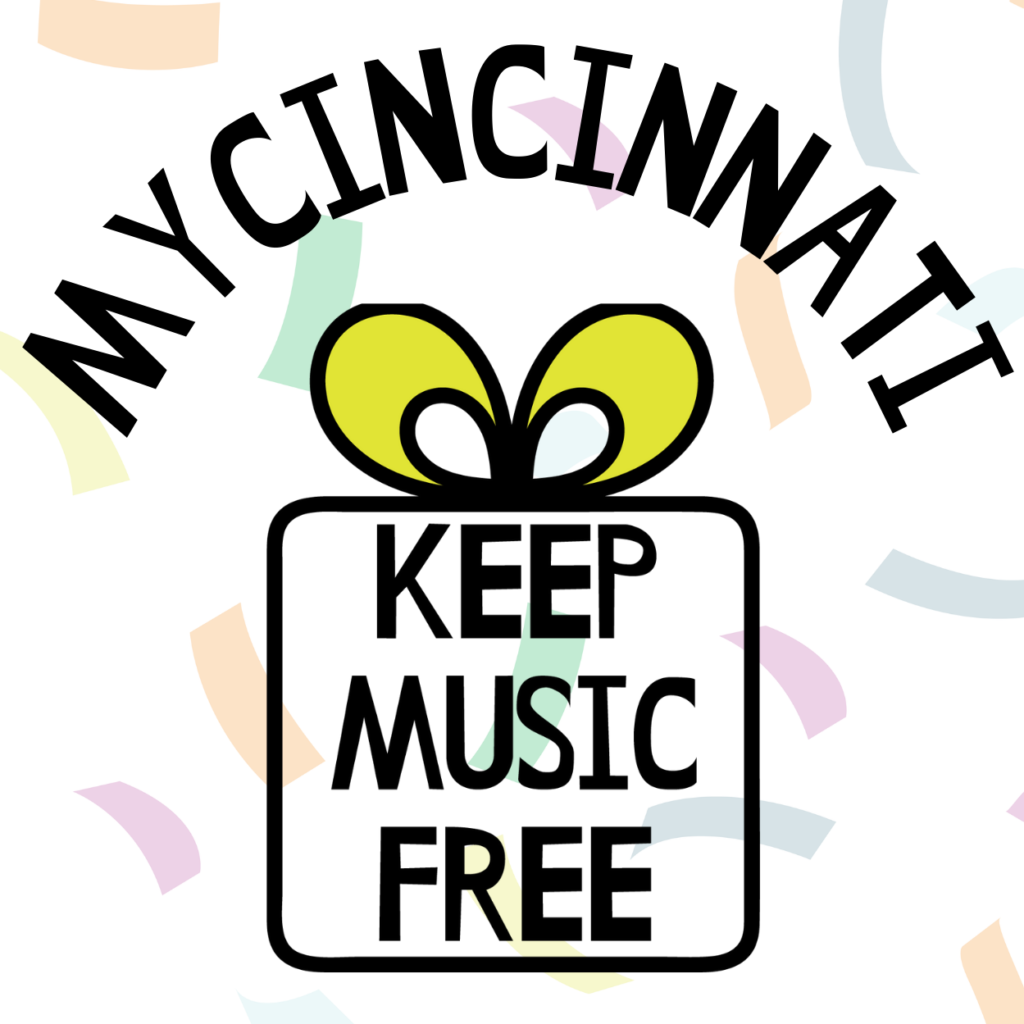
I have been fortunate enough to work in one of the ESUSA member programs, MYCincinnati, based in Cincinnati, OH. Serving as the Brass Teaching Artist for the past year, I have been impressed with the organization’s tangible commitment to social justice and DEI. All the way from administration through teaching artists down to students, everyone involved with MYCincinnati is encouraged to be mindful of musical and pedagogical practices in order to avoid racism, discrimination against minority cultures, and insensitivity toward folks in the LGBTQIA+ community. Further, through the act of learning music together as a community, students experience positive social interaction and teamwork with their peers. My experience with MYCincinnati has also prompted my involvement in the Teaching Artist Training Institute (TATI), an organization that aims to provide faculty in El Sistema-inspired programs across the country with skills to critically prepare, execute, and reflect on their teaching techniques.[14] Their program has facilitated discussions on trauma-informed teaching, cultural identity, and other teaching philosophies which have been very helpful and directly applicable to both my work at MYCincinnati and my career as a performer and scholar.
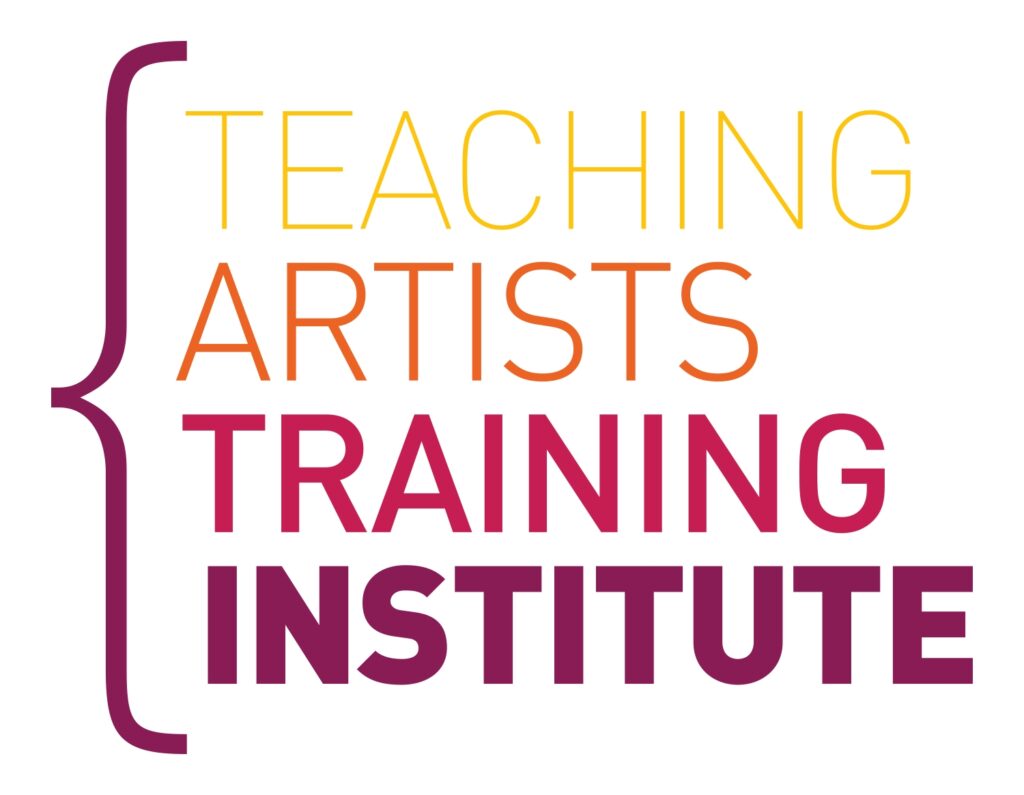
While there have been critiques of the El Sistema model and the lack of verifiable improvement in the goals of its programs, I would argue that the work is still worth attempting.[15] In my experience, MYCincinnati has been an organization that encourages its members to challenge the systemic barriers in place and provide a model of access and inclusion for the next generation. Investing in our youth is admittedly more of a long-term solution, but the results of this work will be much more impactful and sustainable.
The Chromatic Brass Collective
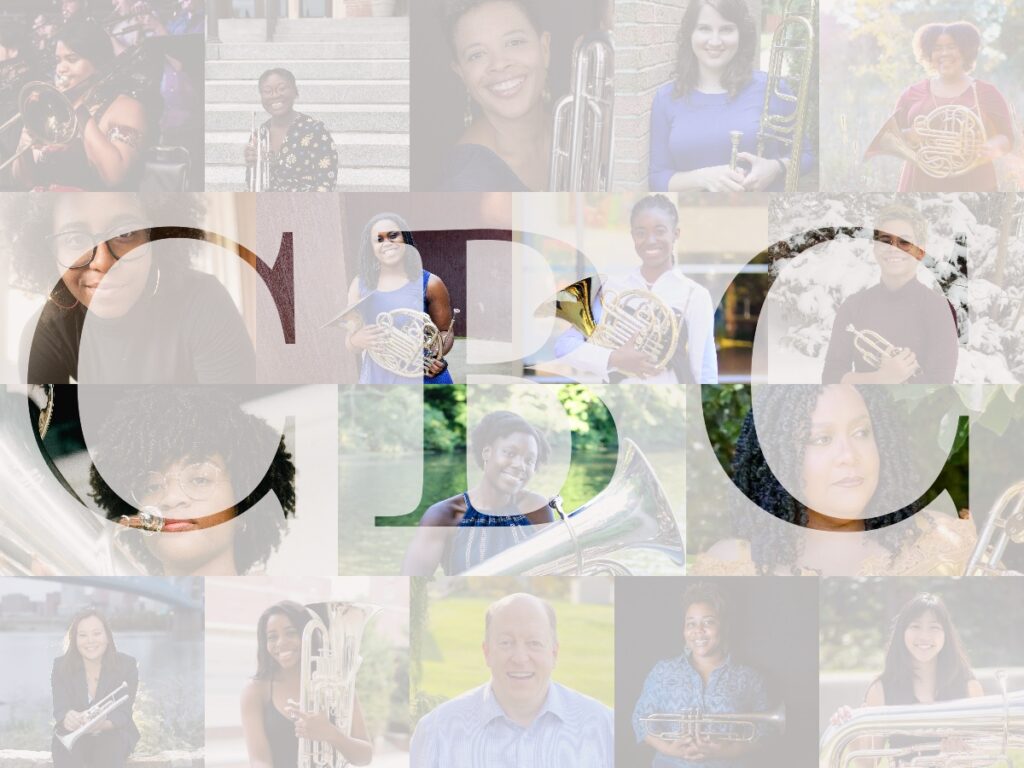
The last organization I include in this discussion is the Chromatic Brass Collective. As a professional trombonist, I felt called to include an organization that directly aims to support my colleagues in orchestral brass sections. The CBC, “founded by Black women, is an organization for brass musicians that celebrates, performs, mentors, and educates in an effort to increase visibility of racially and ethnically underrepresented women and gender non-conforming people throughout the brass world.”[16] Created in the midst of the COVID-19 pandemic, this organization is still relatively new. I first discovered the CBC when I attended a lecture during my doctoral studies at the University of Cincinnati College-Conservatory of Music. The lecture was presented by one of the CBC’s founders and was not only impactful and inspirational, but also included useful advice on how a motivated philanthropist could start their own non-profit organization.
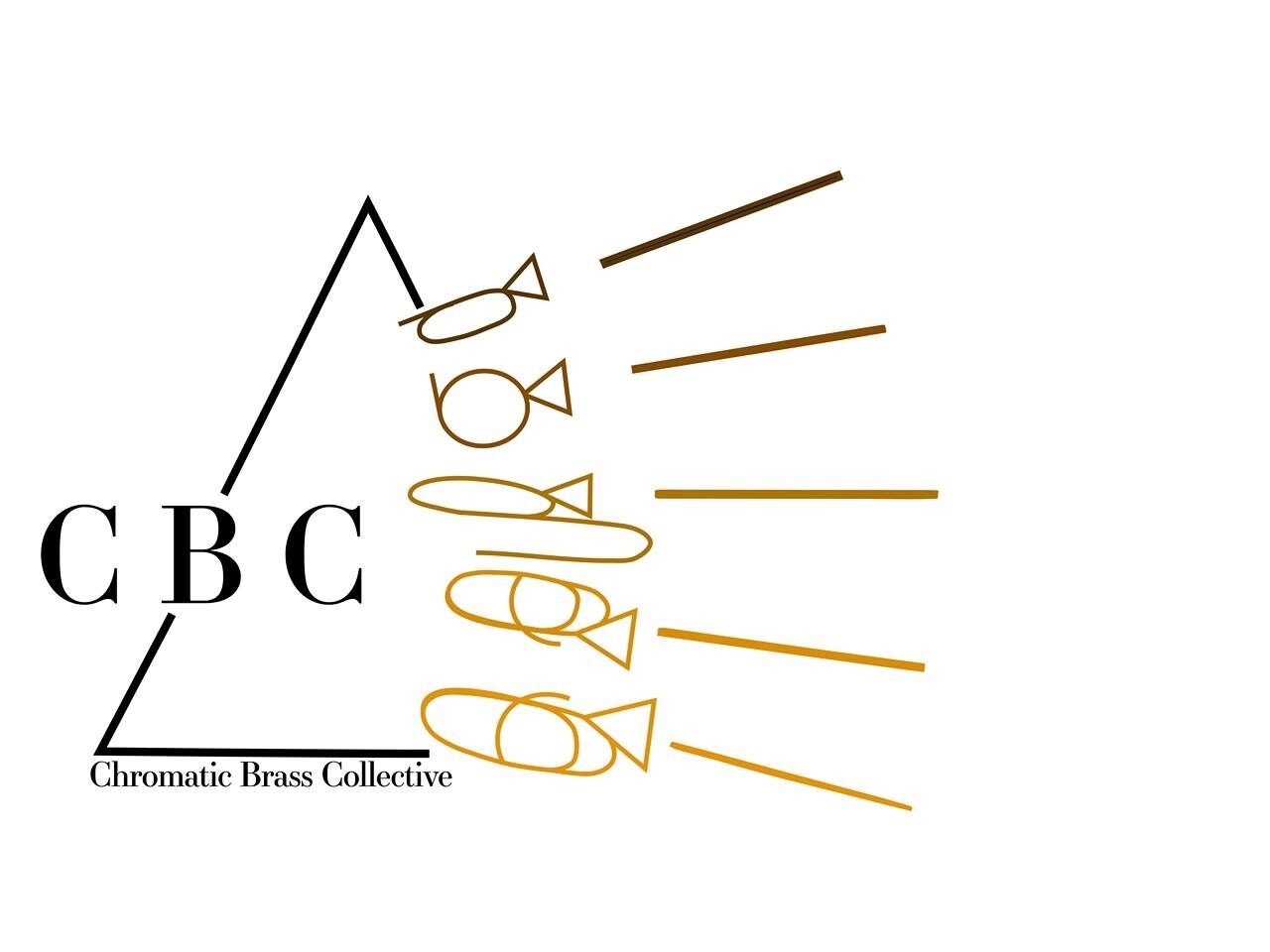
Much like some of the other groups discussed in this article, the CBC has made tangible progress toward their goals of visibility, education, and support of racially and ethnically underrepresented women and gender non-conforming people throughout the brass world. They have produced full-length virtual concerts and educational videos for children that introduce each brass instrument, as well as hosted discussion panels about discrimination and exclusion in classical music. All these events were led by the exact groups that the CBC hopes to elevate through their mission. As mentioned above, this organization is still in its initial stages of development and was founded during the height of Zoom-centric pandemic culture. This has allowed the CBC to recruit a geographically diverse membership that could prove to be a great strength for the organization. As they continue to refine their methods and practices post-pandemic, and as a supplement to their virtual formats, I would encourage the CBC to explore the production of similar educational and musical performances in an in-person context within the communities of their members.
Conclusion
I believe it my responsibility as an orchestral musician, music educator, and writer/facilitator of this discussion to disclose my identity as a cisgender white male. I come from the exact demographic responsible for many of the systemic barriers that have restricted access and participation to minority groups in orchestral music. As a reader, you might find it difficult to accept my point of view as valid or helpful because of my positionality, and I completely respect that response. However, I believe this makes my participation in discussions about DEI all the more necessary. It is our collective responsibility to take action against injustices, especially those that occur in our own field. Racism, sexism, and homophobia in music are issues that unfortunately will not be solved overnight. I’ve seen first-hand the resistance or apprehension that some musicians face when discussing the instillation of practices that would remove systemic barriers. Or there’s the response when progressive initiatives are followed, that it feels forced or inauthentic (this issue was more prominent during my conservatory education…surprised?).
My intent in writing this article was not to blindly champion or pedestalize every current DEI initiative, nor was it to downplay or diminish the progress that has been made; rather my intent was to provide some context that might allow interested parties to join in on the DEI conversation. A simple Google search or social media browse will yield many organizations doing work similar to those I’ve included in this article. I believe we are all responsible for celebrating and promoting these organizations, while continuing to view each initiative with a critical lens in hopes of improving efficacy.
While it would be difficult and possibly irresponsible for me as a white male to authoritatively identify or prescribe best practices in DEI initiatives, I do believe there are patterns portrayed by these organizations that could be replicated and used as effective catalysts for change. The first is a commitment to educating those in arts leadership positions about the systemic barriers currently in place. The conversation can be difficult, and unfortunately it may often fall on deaf ears, but it is necessary. The second is dedicating resources to support current artists and professionals trying to break through these barriers. Financial, musical, and educational support all help place deserving individuals into areas where they can prove their worth and also shape the Western art music landscape to reflect the diversity of our world. Finally, the third and possibly most important initiative is the work done to increase equitable access to music education for children. The next generation is our best bet to rid the world of racism, sexism, and homophobia. While the scope of this article is focused on music, the tools we provide our youth can be transferred to fight the systemic barriers in other aspects of life as well. This work is difficult, and will probably take the longest, but if it means our children, or even our children’s children, will be able to live in a diverse, equitable, and inclusive world, then it will absolutely have been worth it.
[1] “Antiracism Definitions and Context,” Americanorchestras.Org (blog), accessed December 5, 2021, https://americanorchestras.org/learn/equity-diversity-and-inclusion/race-equity-what-is-antiracism-and-why-is-it-important-to-orchestras/antiracism-definitions-and-context/.
[2] “Learn,” Americanorchestras.Org (blog), accessed December 6, 2021, https://americanorchestras.org/learn/.
[3] “Equity, Diversity, and Inclusion Resource Center.”
[4] “Antiracism Definitions and Context.”
[5] “Equity, Diversity, and Inclusion: Artistic Resources,” Americanorchestras.Org (blog), accessed December 6, 2021, https://americanorchestras.org/learn/equity-diversity-and-inclusion/equity-diversity-and-inclusion-artistic-resources/.
[6] “Resources of Special Interest to Orchestra Board Members.”
[7] “Resources of Special Interest to Orchestra Staff.”
[8] “Promising Practices: Actions Orchestras Can Take to Make Progress Toward Equity,” Americanorchestras.Org (blog), February 9, 2022, https://americanorchestras.org/promising-practices-actions-orchestras-can-take-to-make-progress-toward-equity/.
[9] “Sphinx Organization,” Sphinx Organization, accessed December 5, 2021, https://www.sphinxmusic.org.
[10] “Our Work,” Sphinx Organization, accessed May 5, 2022, https://www.sphinxmusic.org/our-work.
[11] “Our Work.”
[12] “El Sistema USA,” Grove Music Online, accessed May 6, 2022, http://www.oxfordmusiconline.com/grovemusic/view/10.1093/gmo/9781561592630.001.0001/omo-9781561592630-e-1002262237.
[13] “About Us,” El Sistema USA (blog), accessed May 6, 2022, https://elsistemausa.org/about/.
[14] “Teaching Artists Training Institute,” accessed May 6, 2022, https://tatraininginstitute.org/.
[15] Timothy Hsu, “El Sistema USA: An Exploratory Study of the Pedagogical Approaches in Beginning Violin Classes” (D.M.A., United States — Iowa, The University of Iowa), accessed May 20, 2022
[16] “About,” Chromatic Brass Collective, accessed May 6, 2022, https://www.chromaticbrass.org/about.
